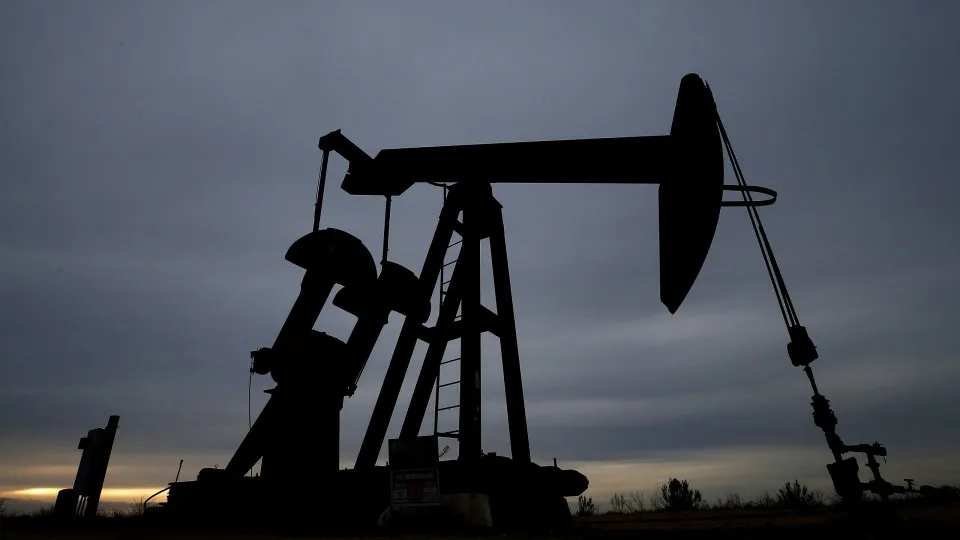
The surplus in oil supply since the beginning of the year is attributed to the rapid return of OPEC+ oil to the market and the slowdown in demand growth.
In its monthly oil market report published today, the IEA highlights that in September, production saw a “massive” increase, with an additional 5.6 million barrels per day compared to the same month last year, of which 3.1 million barrels per day came from the Organization of the Petroleum Exporting Countries and its partners (OPEC+).
Based on the latest agreements reached by the OPEC+ partners, the study’s authors estimate that the cartel will supply, on average, 1.4 million more barrels per day by 2024, and by 2026, the increase will be another 1.2 million barrels per day.
In parallel, other producing countries will contribute an additional 1.4 million barrels per day on average this year and 1.2 million barrels per day next year, mainly from the United States, Brazil, Canada, Guyana, and Argentina.
The agency acknowledges that these projections could be affected by sanctions imposed on Russia and Iran, as well as the geopolitical situation.
In this regard, the IEA estimates that attacks on Russia’s energy infrastructure (amid the Ukraine war) have reduced its capacity by about 500,000 barrels per day, causing domestic supply issues and lower exports.
Regarding global demand, the IEA has slightly revised its projections downward compared to last month and now believes that the increase will be 710,000 barrels per day compared to 2024, reaching 103.84 million barrels per day.
For 2026, a similar rise of about 700,000 barrels per day is also anticipated.
The study’s authors noted that in the third quarter, global consumption increased by 750,000 barrels per day compared to the same period in 2024.
This increase included a portion of recovery, as the year-over-year rise in the second quarter was only 420,000 barrels per day due to the tariff war unleashed by Donald Trump.
The agency observes that the demand evolution this year marks a significant slowdown, considering that in 2024 the increase was 980,000 barrels per day, and in the 2010s, the average increases were 1.3 million barrels per day.




